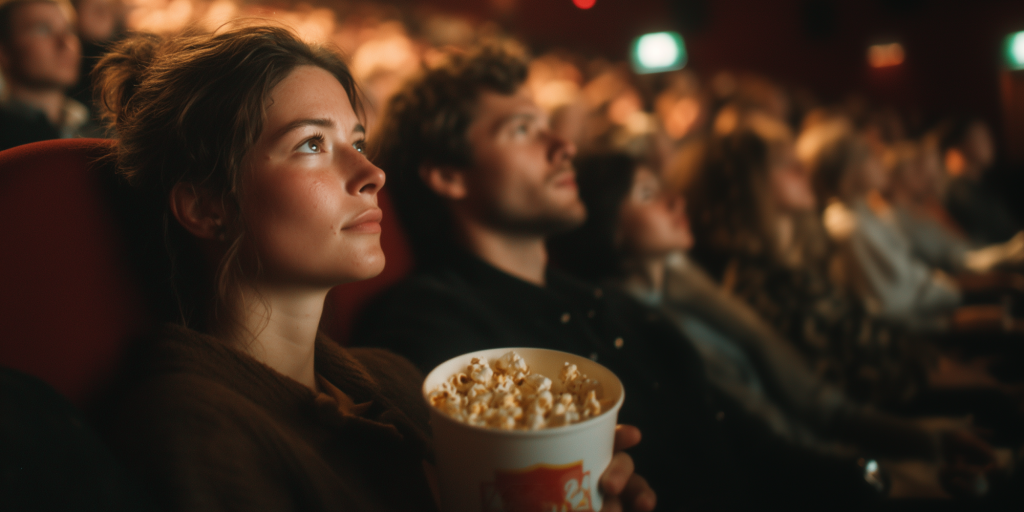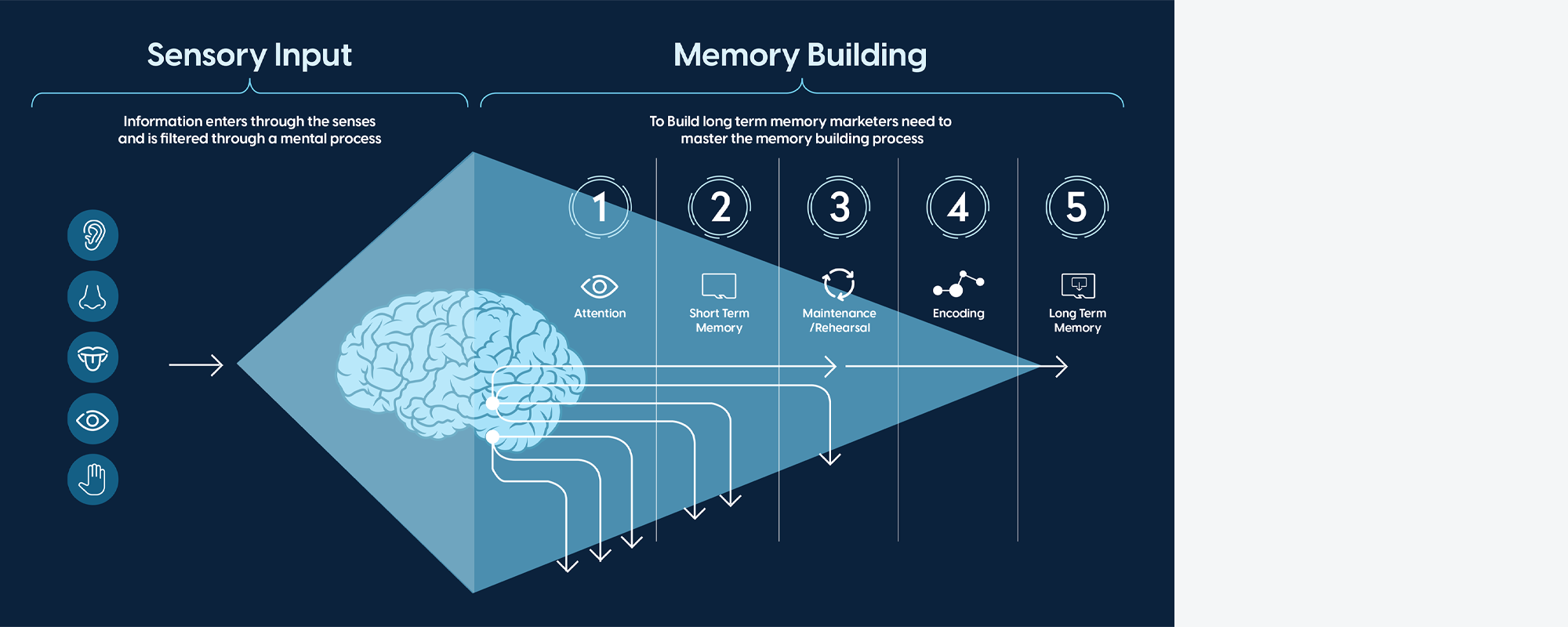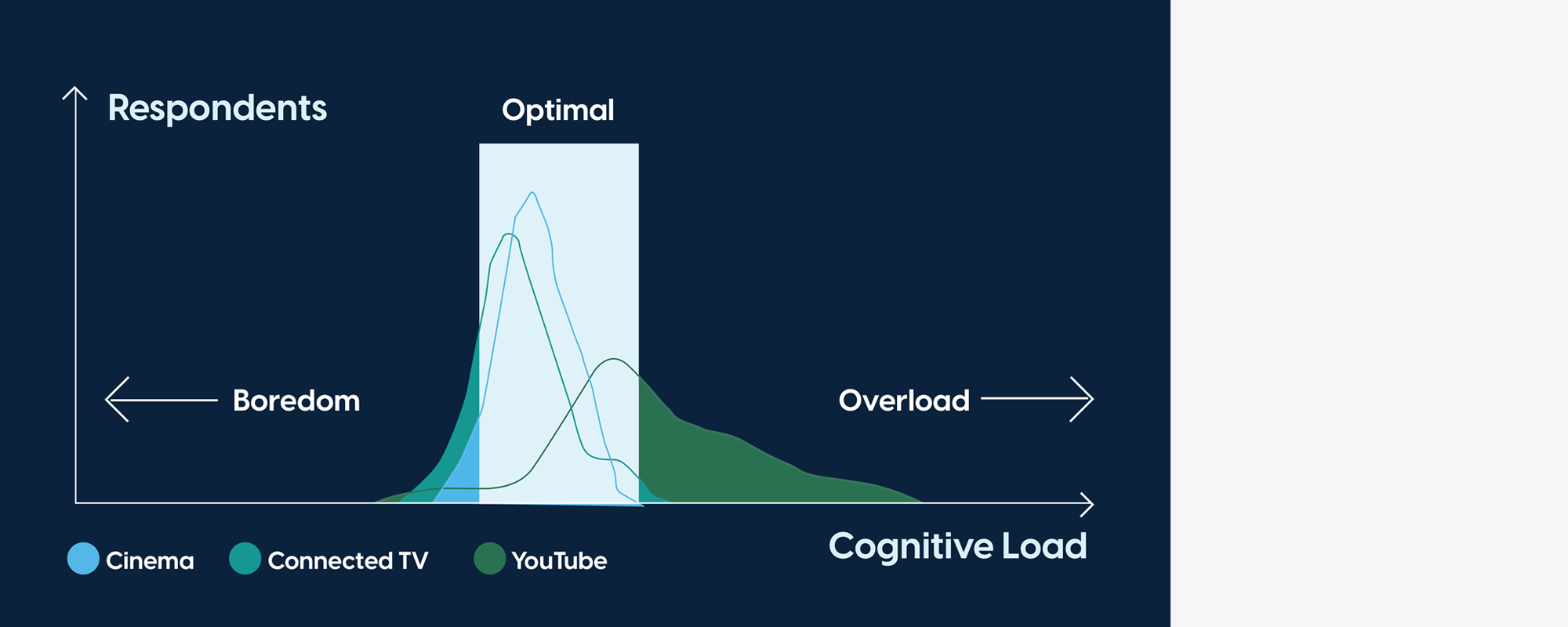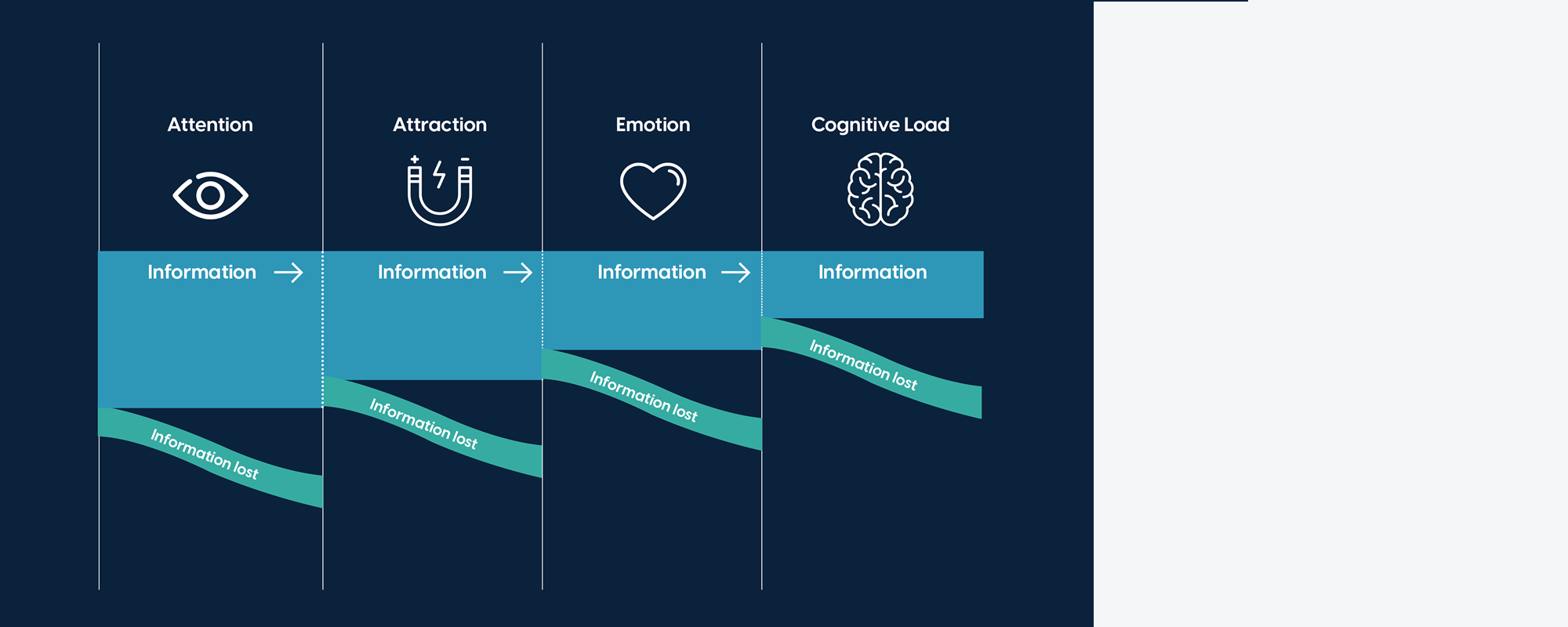August 1, 2025

New neuroscience research reveals why cinema advertising creates deeper, more lasting consumer connections than other platforms
In today’s fragmented media landscape, marketers constantly search for effective ways to build lasting brand memory. While metrics like clicks and conversions dominate industry conversations, groundbreaking neuroscience research from Publicis Groupe Denmark reveals a compelling truth: premium video advertising platforms such as cinema and connected TV create deeper, more enduring memory structures than other major advertising platforms.

The ultimate goal for any brand is to become the easiest choice for consumers at purchase moments. This happens when brands successfully navigate the “memory building process” – a journey from initial sensory input to long-term memory retrieval.
Not all advertising environments are equal when building crucial memory structures. Success depends on navigating four “memory filters” that determine whether your brand message sticks or fades:
Attention: Capturing and maintaining consumer focus
Attraction: Creating engagement through motivation
Emotion: Forging powerful memory connections
Cognitive Load: Ensuring optimal message processing

Using eye-tracking glasses, EEG measurement, and post-campaign surveys, researchers studied 107 participants across cinema, connected TV, and YouTube on mobile in naturalistic settings.
The results reveal cinema’s unique neurophysiological advantages across all four memory filters.
While YouTube on mobile experiences rapid attention decay (non-attention rates jumping from 2% to 48% during a single ad), cinema demonstrates remarkable resilience to attention decay, maintaining steady viewer engagement throughout ad durations.
Cinema’s captive environment creates “sustained attention architecture” – viewers remain engaged from start to finish. Unlike other platforms where you must front-load key messages, cinema allows for sophisticated narrative development and emotional building that creates deeper brand connections.
YouTube on mobile shows up to 15.7x higher attraction levels than other platforms, but this comes with “considerable variability” and often evokes strong negative reactions. Cinema shows strong attraction levels with complex messages, but crucially, without the negative reactions observed on YouTube.
Cinema provides a “stable environment for intricate storytelling,” allowing marketers to engage audiences deeply with sophisticated messages without risking viewer backlash. You can tell complex, nuanced brand stories without the high-risk volatility of digital platforms.
Among all platforms studied, cinema is the environment that best evokes positive emotions and shows the strongest connection with viewers. The research revealed that neutral emotional responses prove detrimental, with up to 75% of consumers struggling to recall the correct brand when ads evoke no significant emotion.
Cinema’s immersive environment – large screen, surround sound, and darkened theatre – creates optimal conditions for emotional engagement. Unlike connected TV and YouTube, where boredom threatens brand identification, cinema naturally elevates emotional response.
While connected TV struggles with overly simplistic ads and YouTube on mobile over-stimulates with complex messaging, cinema surprisingly allows consumers to process more information while also enabling less complex ads to captivate viewers to a higher extent.
Cinema offers maximum creative flexibility. Whether you need to communicate complex product benefits or deliver simple brand awareness messages, cinema’s unique cognitive environment optimises processing without overwhelming viewers.

This pioneering neuroscience research provides compelling evidence for what cinema advertisers have long understood intuitively: the big-screen experience creates uniquely powerful brand memories.
The research defines successful advertising as achieving “Active Mental Relevance” – navigating all four memory filters effectively. Cinema is the only platform that excels across all four filters simultaneously: Sustained Attention, Stable Attraction, Positive Emotions, Optimal Cognitive Load.
In an era obsessed with short-term digital metrics, cinema advertising builds what matters most – lasting mental availability that makes your brand the easy choice when consumers are ready to buy.
Read the full version of the advertising neuroscience research article from Warc – subscription may be required.
This article is based on research commissioned by Publicis Groupe Denmark, utilizing eye-tracking glasses, EEG measurement, and post-campaign surveys across 107 participants. The study examined consumer neurophysiological responses across cinema, connected TV, and YouTube on mobile platforms. Original research findings were published in WARC and build upon foundational work from the Ehrenberg-Bass Institute, IPA (Institute of Practitioners in Advertising), and Nielsen consumer behavior studies.
Related Articles:
Cinema: The Antidote to Dull Media in an Attention-Starved World – Study